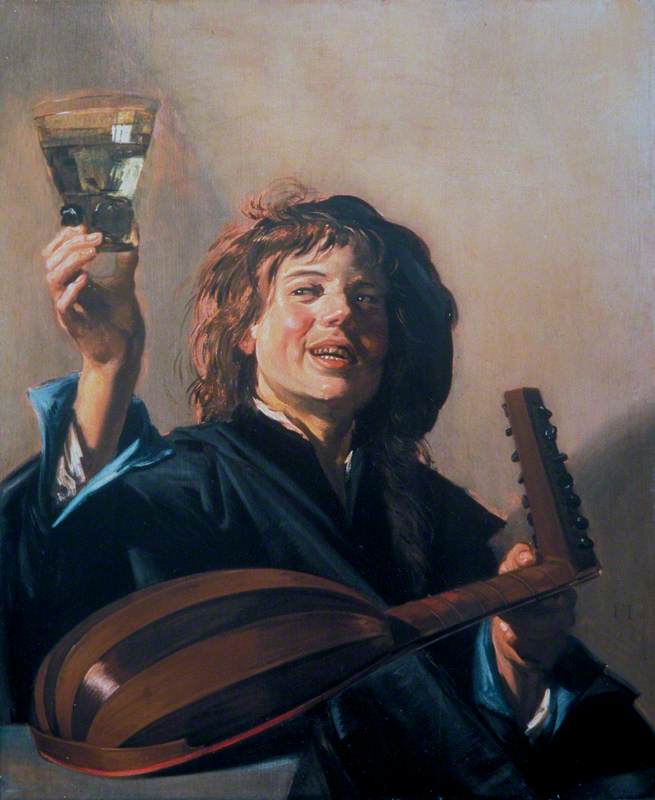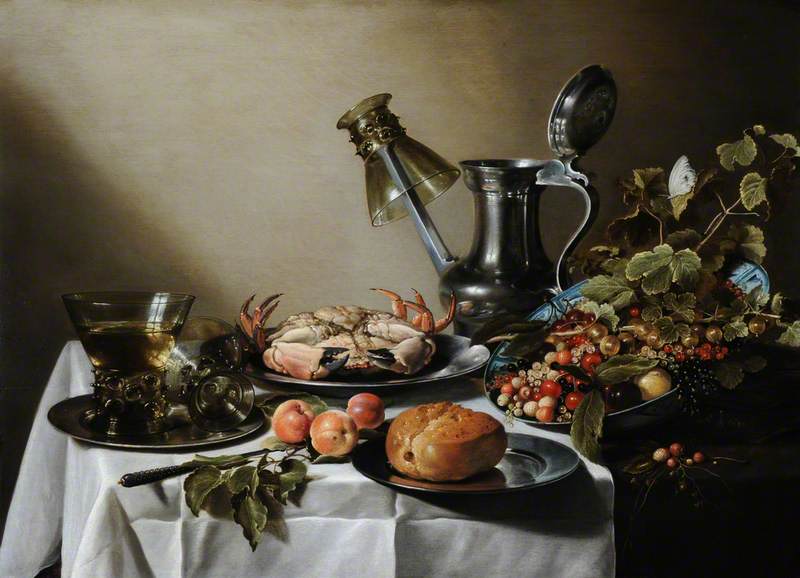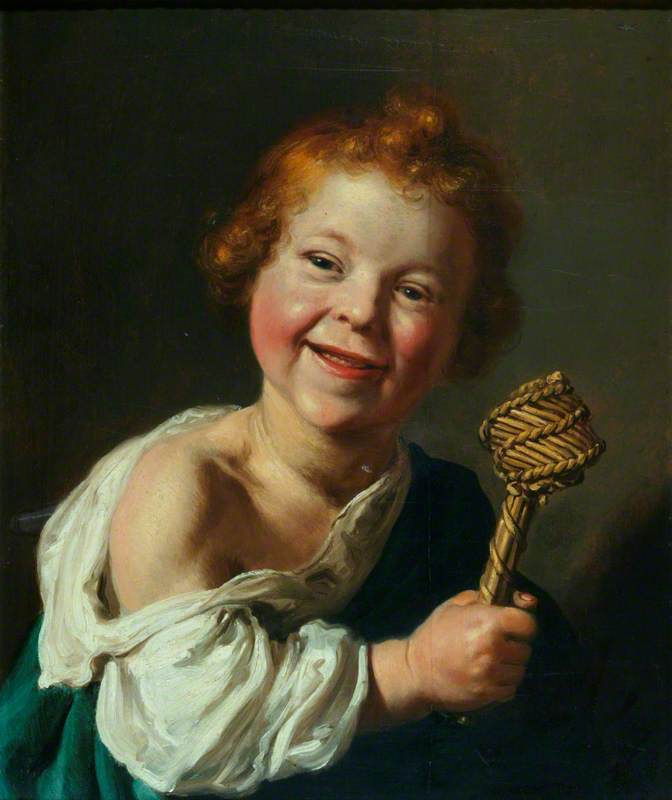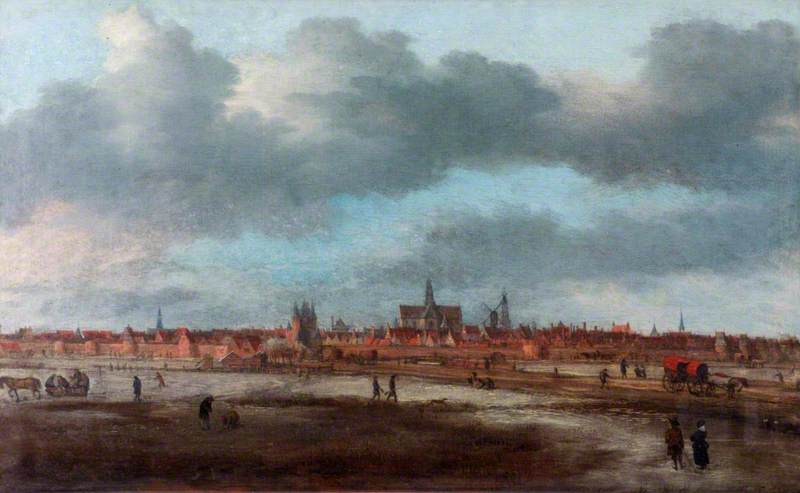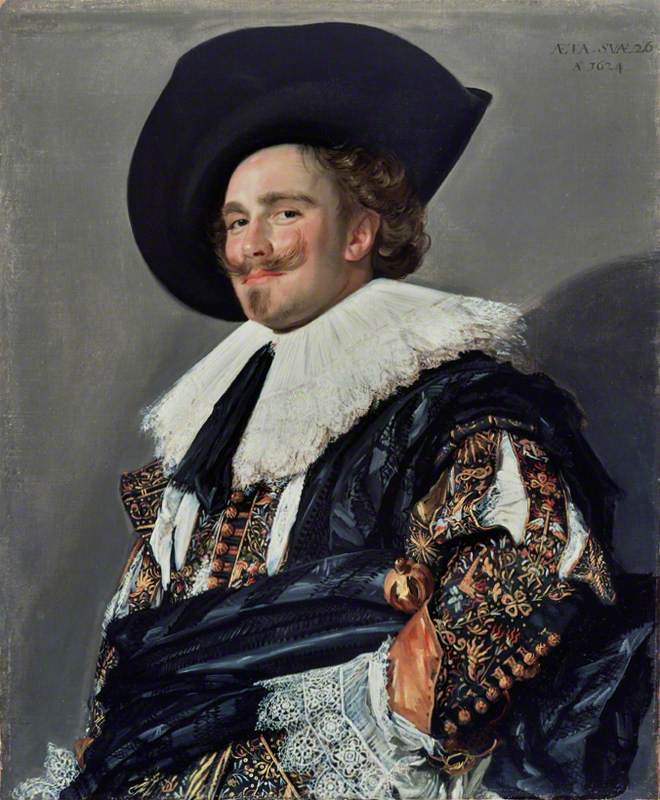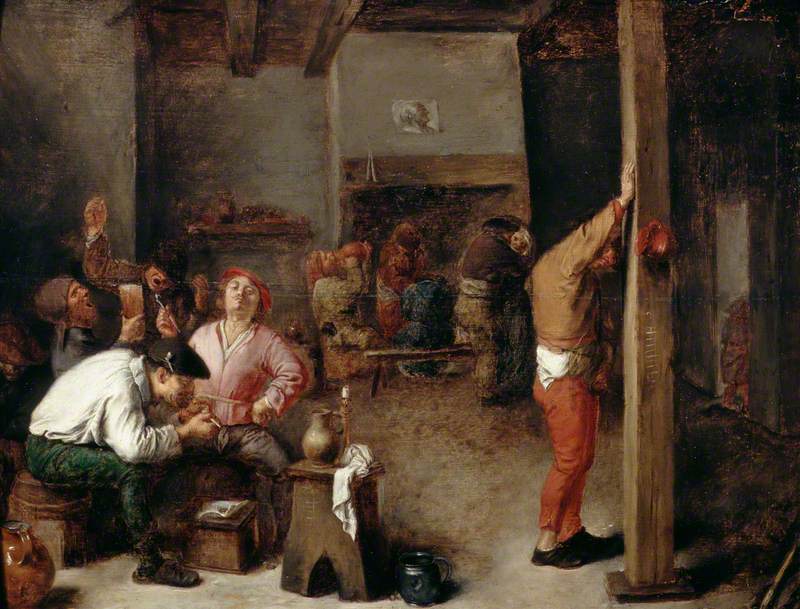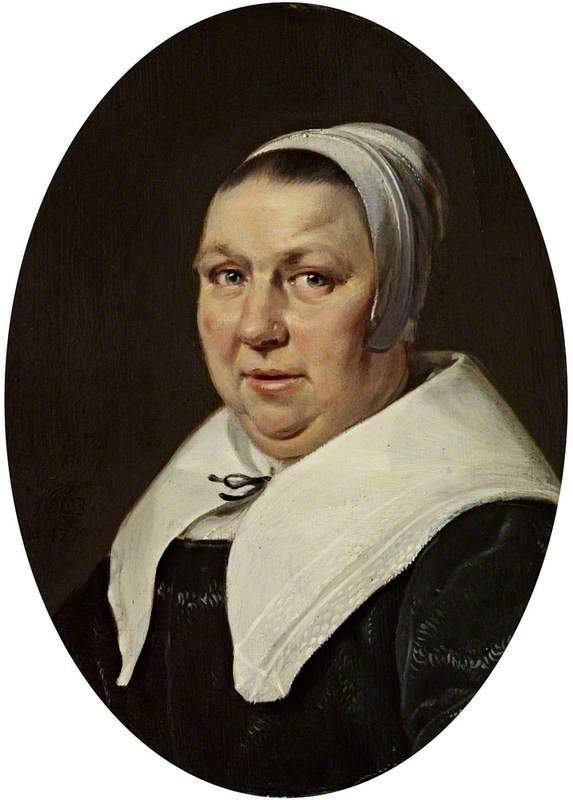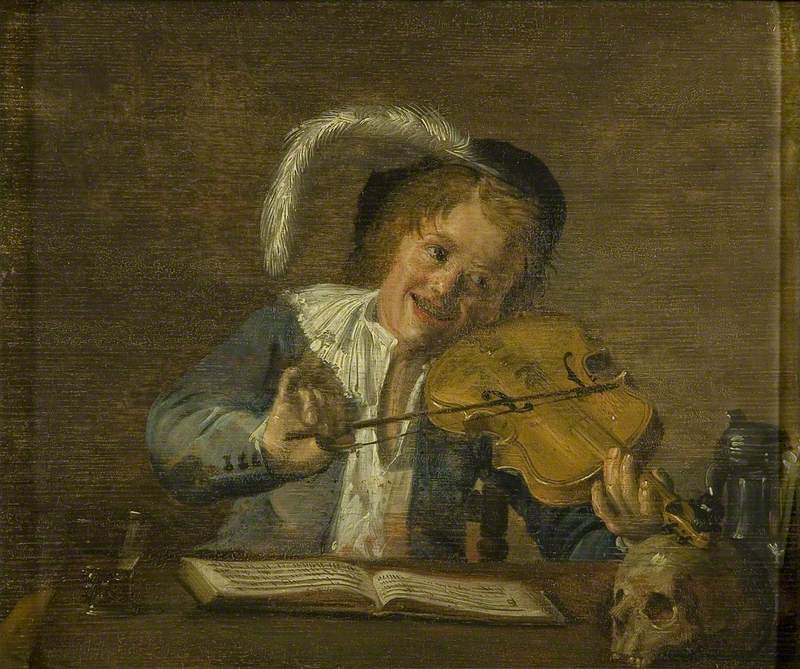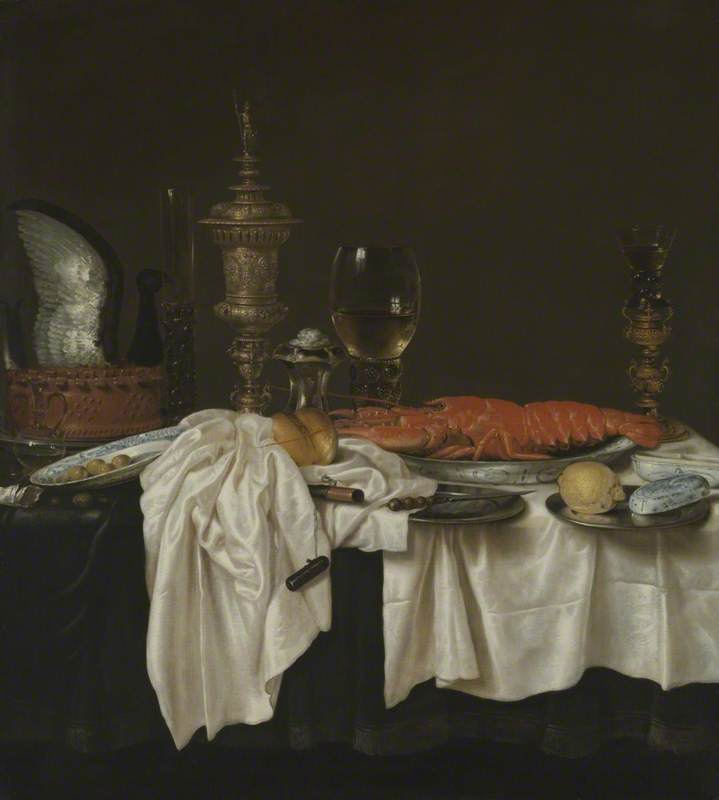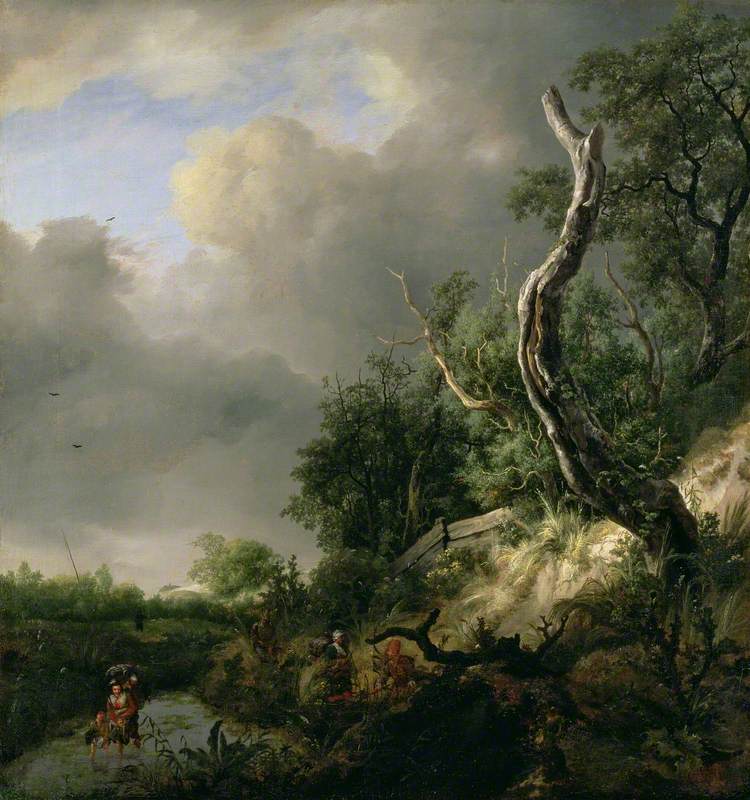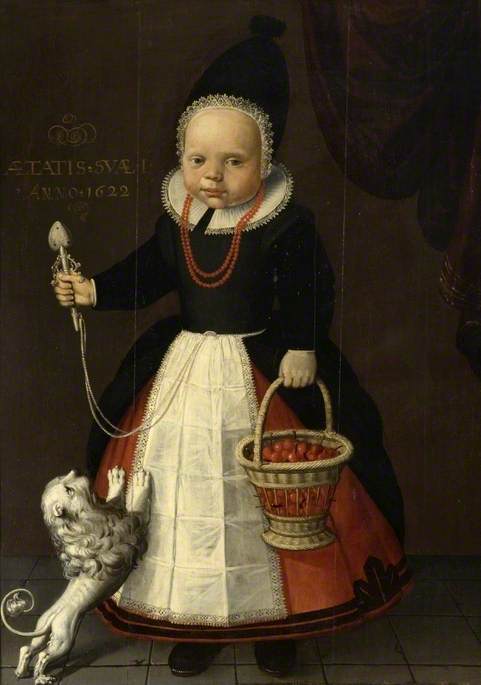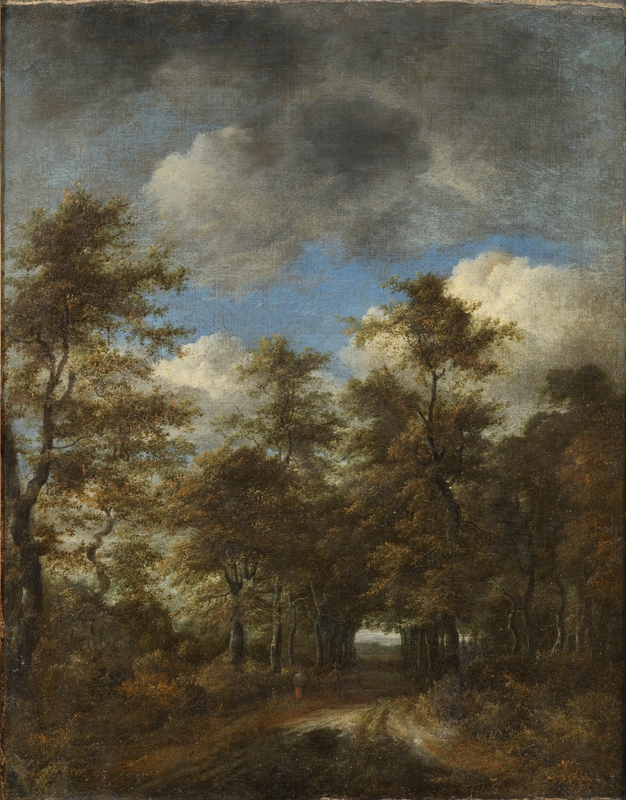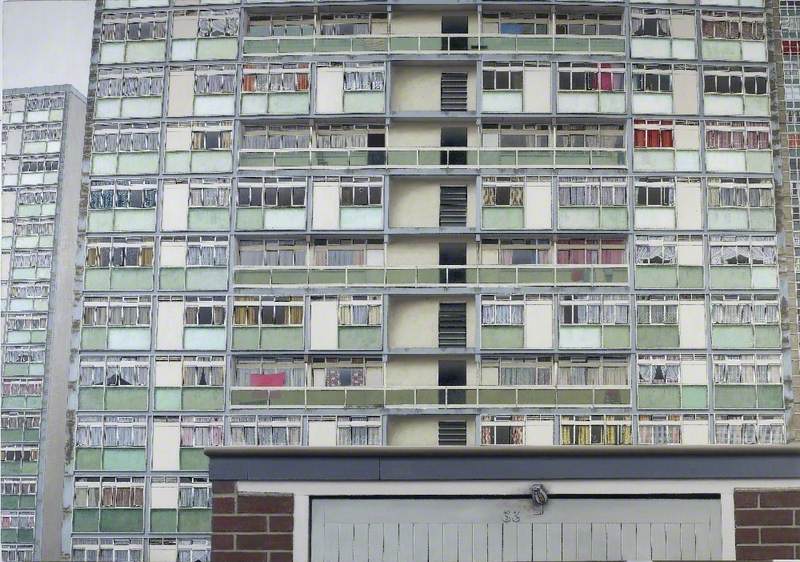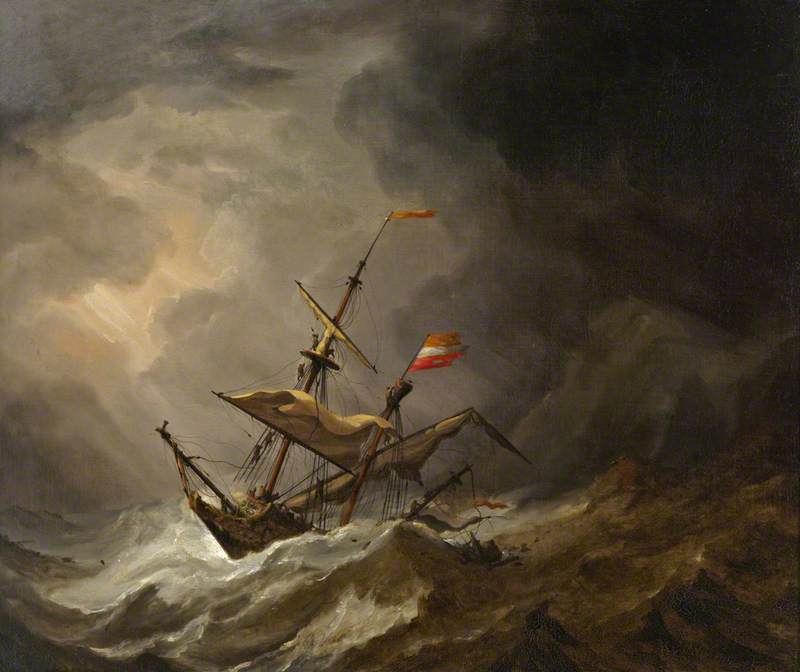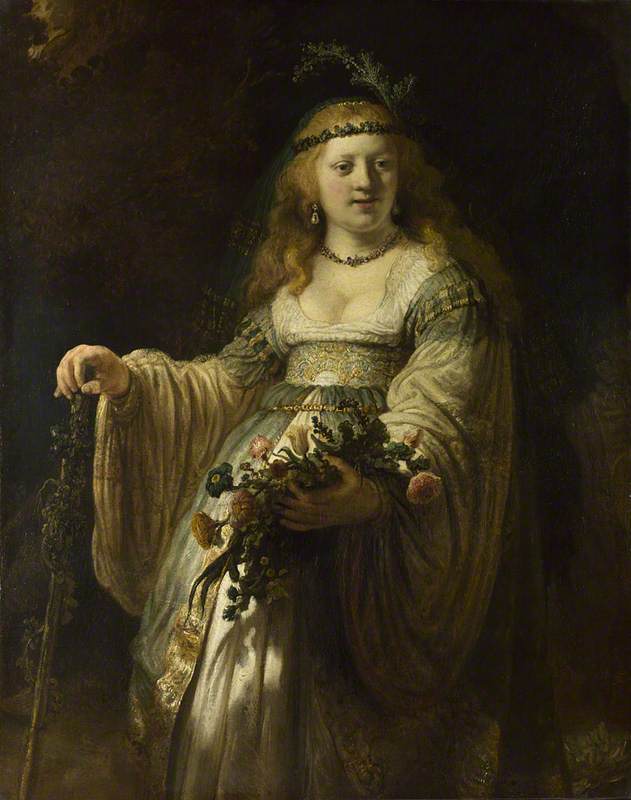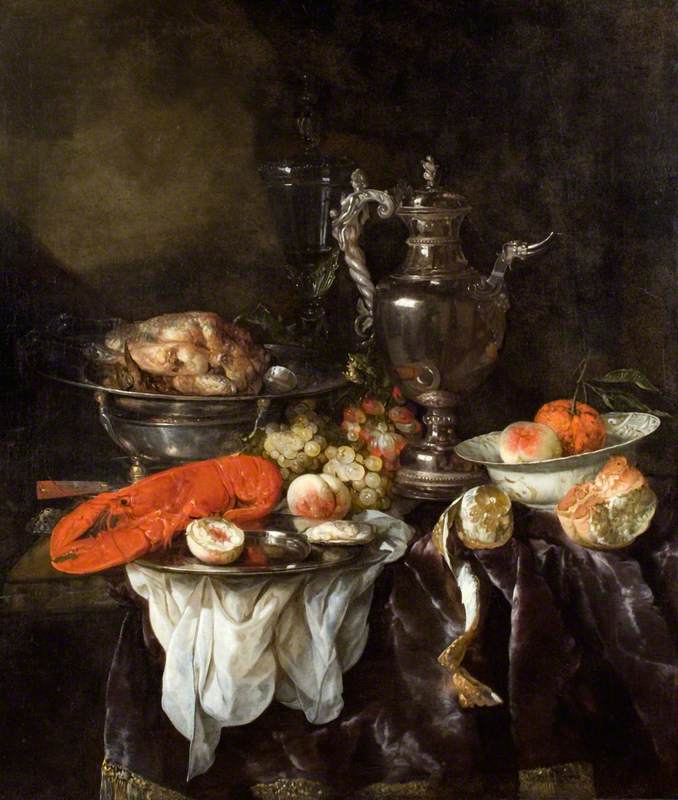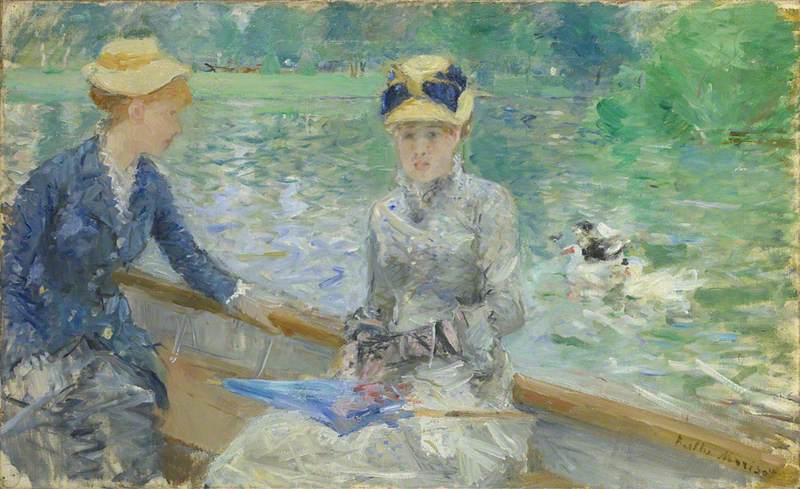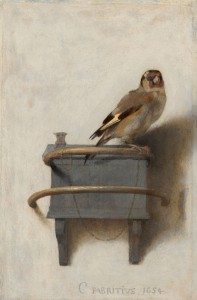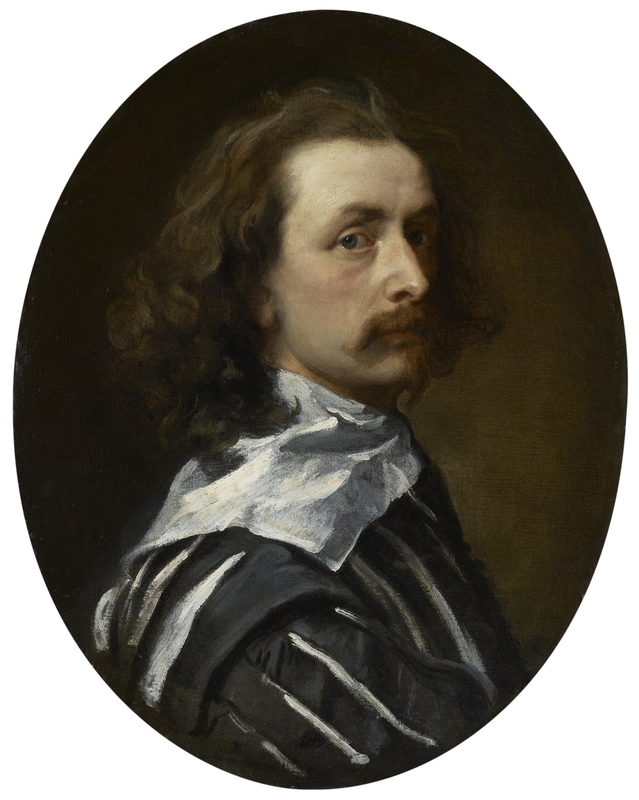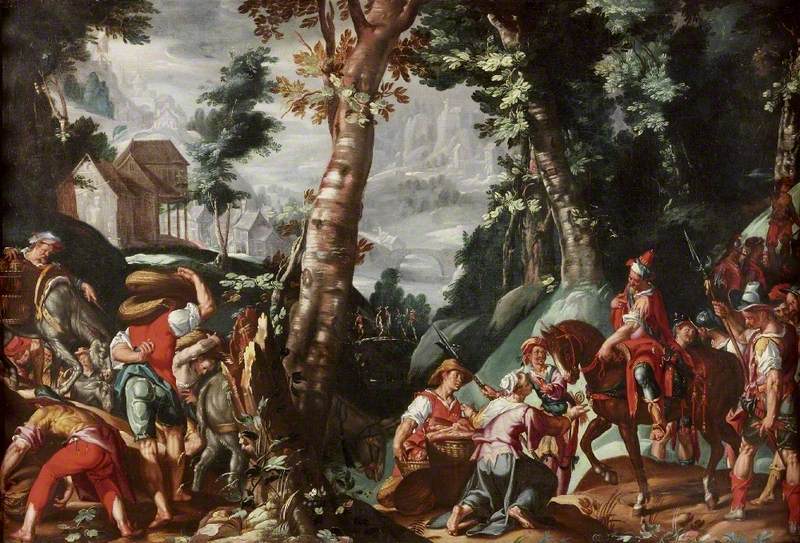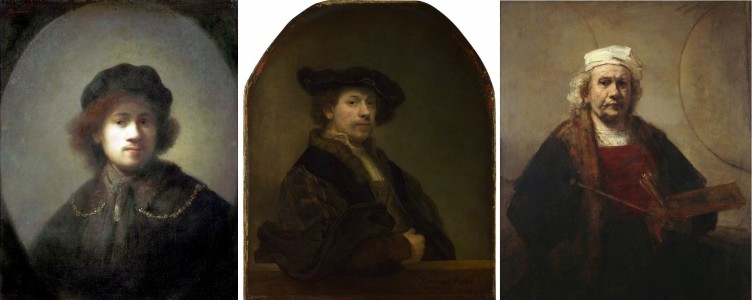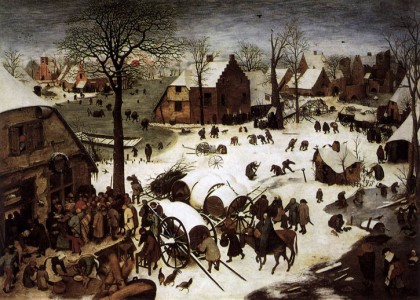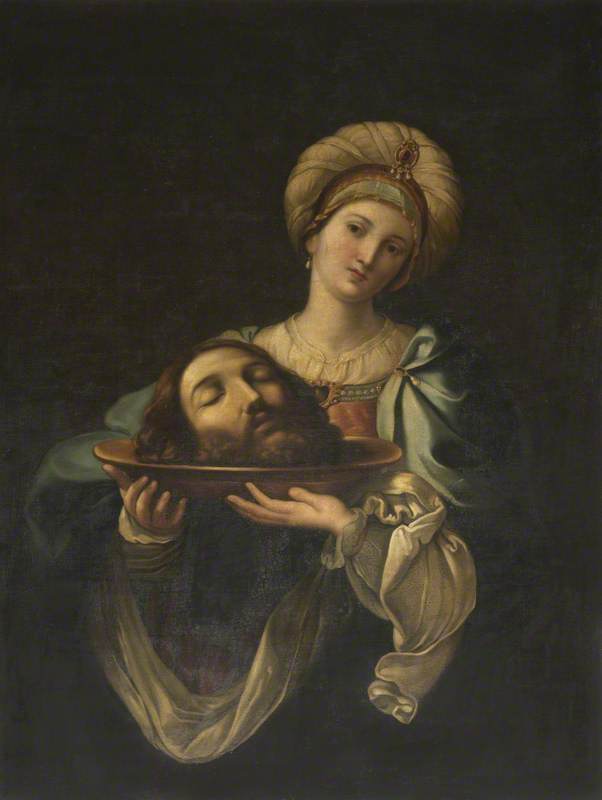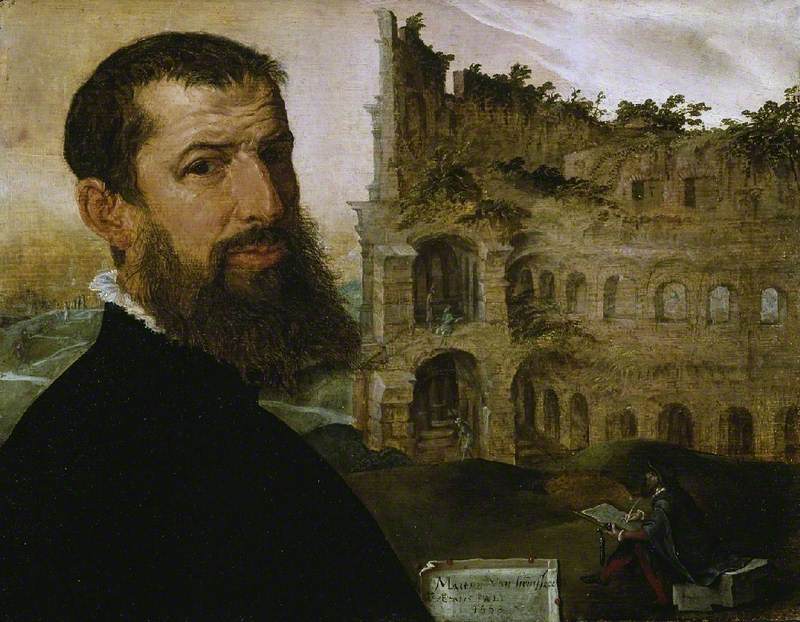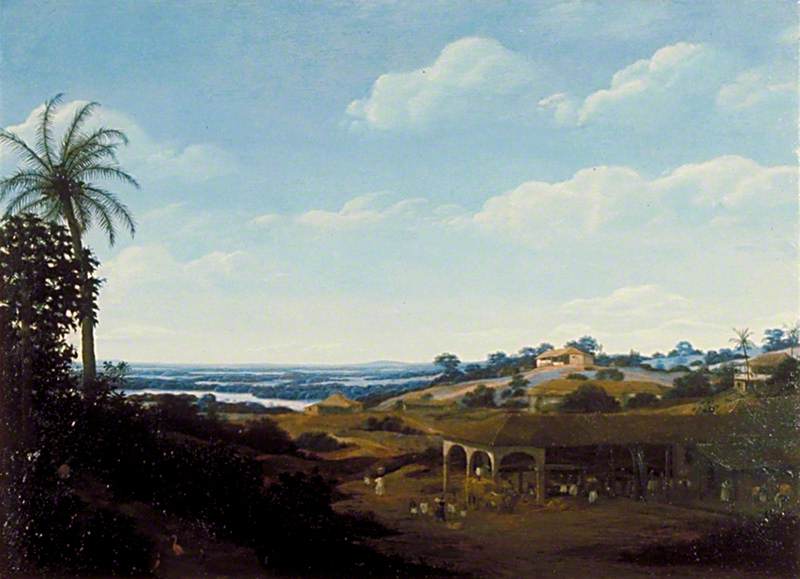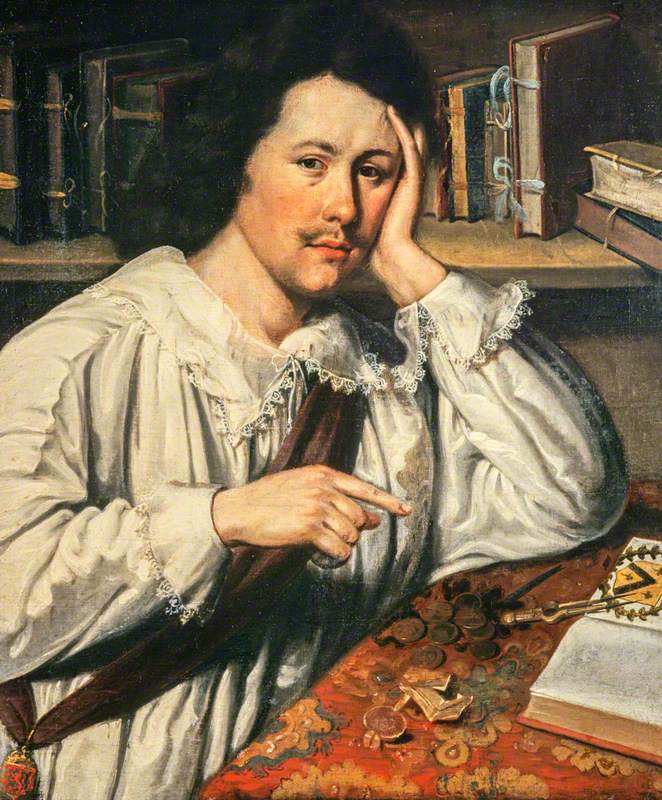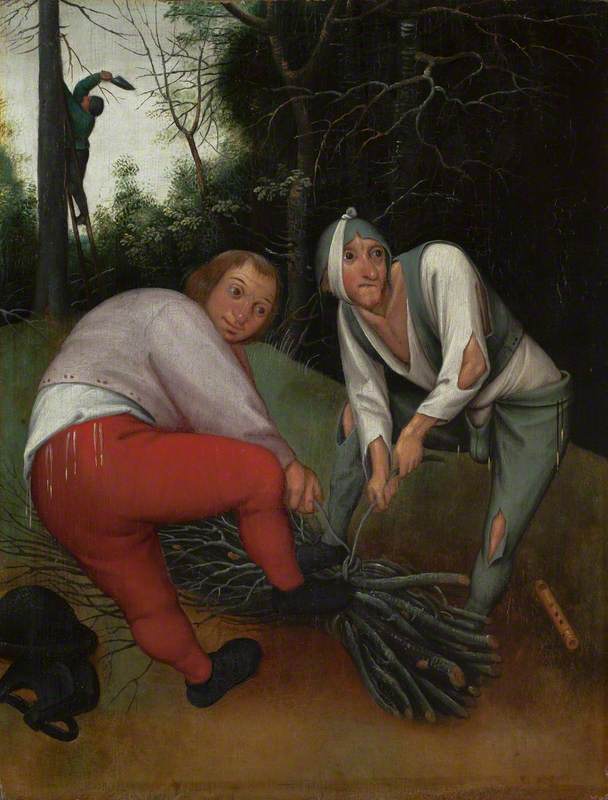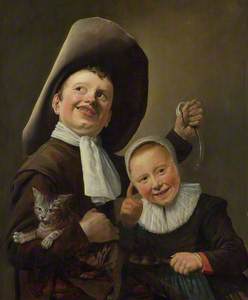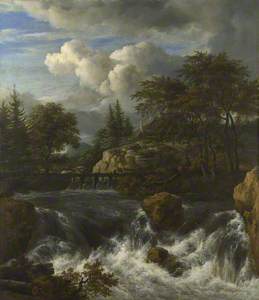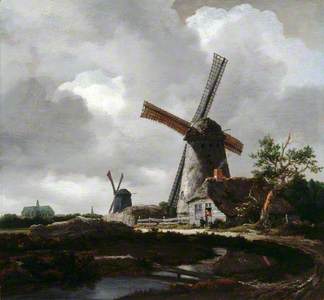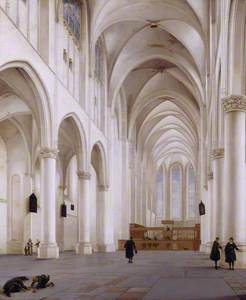Haarlem emerged as a crucial artistic hub during the seventeenth century. But how did a small city in the Netherlands come to play such an important role in the development of Dutch art and culture?
The northern province of Haarlem emerged as a thriving artistic centre as early as the 1580s, a result of swift economic growth that benefitted a wealthy middle class with an increasing appetite for buying luxury items to decorate their homes, including art. This new-found patronage transformed the concept of art ownership and resulted in a rapidly moving art market. The demand for paintings was unparalleled.
Like other cities in the Netherlands at this time, Haarlem was helped by a wave of immigration – mainly Protestants from the Catholic south, then under Spanish rule, moving to the more tolerant north for religious or economic reasons. Their skills and labour (many were textile workers attracted by Haarlem's linen production) helped kickstart an economy impacted by the Spanish siege of Haarlem in 1572–1573. Free from Spanish control and thus more permissive, Haarlem drew many Flemish artists – the city's most famous son, Frans Hals, actually came from Antwerp.
The Market Place and the Grote Kerk at Haarlem
1674
Gerrit Adriaensz. Berckheyde (1638–1698) 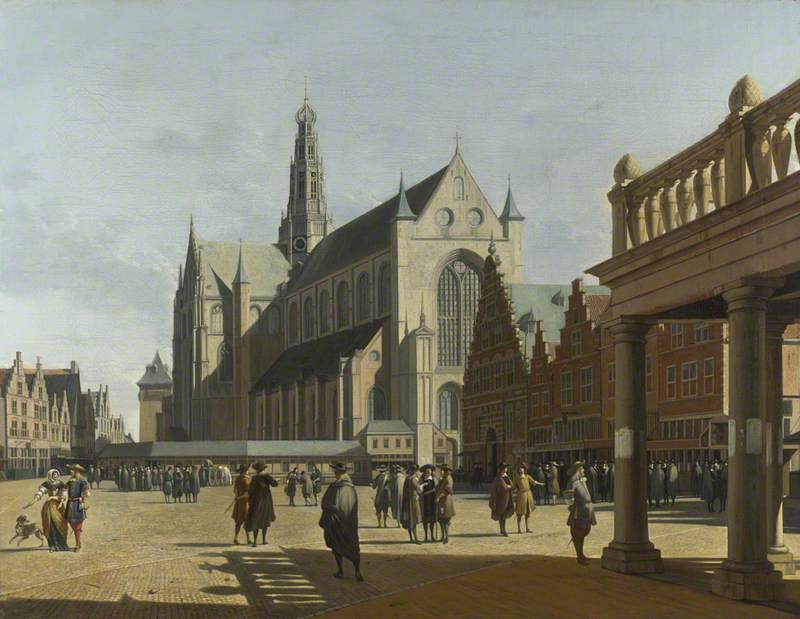
There was huge demand for new types of painting beyond religious or historical scenes, with naturalistic landscapes, still lifes and genre scenes especially flourishing during the first half of the seventeenth century. The shift in patronage away from the church and monarchy, as well as the aristocracy, meant a subject matter that more clearly represented the everyday experience of a middle class, urban population.
Frans Hals (c.1581–1585–1666)
Frans Hals, who moved to Haarlem from the Spanish Netherlands as a young child, is now regarded as one of the leading Dutch portrait painters of the Golden Age (a term which is undergoing critical reassessment in the Netherlands today). The subject of a major exhibition at London's National Gallery (until 21st January 2024), Hals has often been overshadowed by Rembrandt – despite the fact that his unusually loose brushstrokes were admired by pivotal modern artists such as Monet and Van Gogh.
A Family Group in a Landscape
about 1647-50
Frans Hals (c.1581–1585–1666) 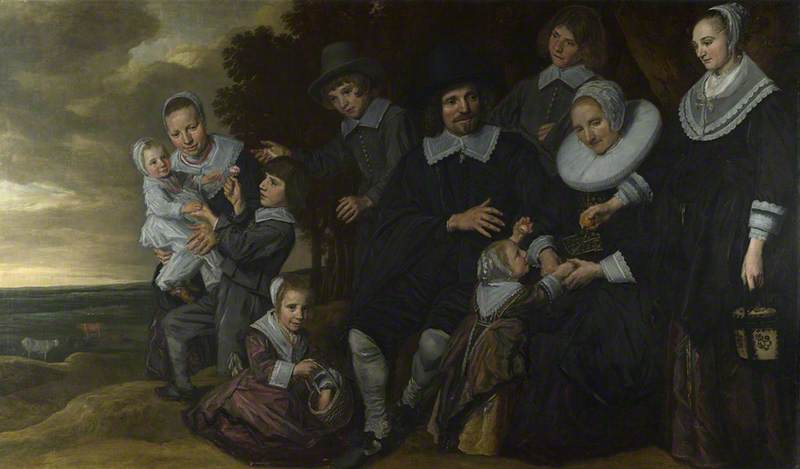
Hals studied with the mannerist painter and writer Karel van Mander from 1601 to 1603, but by the time he joined the Haarlem painters' guild in 1610 he was already around 28 years old. Married twice with a big family, Hals has a reputation as a drunk who was frequently broke. He lived in Haarlem his entire adult life, save for a trip to Antwerp in 1616 when he likely encountered the work of Rubens and Van Dyck.
Despite producing a number of genre scenes and group portraits – such as A Family Group in a Landscape (c.1647–1650) – Hals is best known for his animated individual portraits of tradesmen, militia, brewers and cloth merchants. His most famous work, The Laughing Cavalier (1624), is emblematic of Hals' more informal style – the hand on hip and slight smirk (the sitter isn't, somewhat misleadingly, laughing) gives the work an unmatched swagger.
As a teacher, Hals impacted a generation of artists, including Adriaen van Ostade (1610–1685), Adriaen Brouwer (1605/1606–1638) – who was crucial in depicting peasant life – and the later works of Jan de Bray (c.1627–1697). Aside from two years in Amsterdam, de Bray spent his whole life in Haarlem. Born into a creative family, his father was the painter and architect Salomon de Bray, who played a central role in the painters' Guild of St Luke in Haarlem in the 1630s.
While de Bray points to the naturalism of Hals, his works – mainly portraits – belong more to the classical tradition of painting. This was inspired in part by his father, who specialised in history paintings of biblical and classical scenes. Consequently, there is an idealism at the heart of de Bray's art which is much less defined by expressive brushstrokes.
Judith Leyster (1609–1660)
Judith Leyster (1609–1660) was one of the few professional female artists of the Dutch Golden Age. Producing most of her works between 1629–1635, Leyster was pioneering in joining the Haarlem painters' Guild of Saint Luke in 1633 – enabling her to be seen as a 'master painter' –and establishing her own workshop in Haarlem. Unlike many other artists working at this time, Leyster was not from a wealthy or artistic family – she painted to make a living.
A Boy and a Girl with a Cat and an Eel
about 1635
Judith Leyster (1609–1660) 
Adept at portraits and genre scenes – often featuring children and musicians – Leyster's loose brushstrokes give her works a lively quality and recall Hals, who was likely her teacher. Her dramatic use of light and dark was also influenced by the Utrecht 'Caravaggists', who took inspiration from Caravaggio's dramatic chiaroscuro.
Leyster was overlooked after her death and her works were often confused with Hals leading to a number of misattributions – including The Carousing Couple (1630, now in the Louvre). Although only around 35 works exist today that are attributed to Leyster, she is now regarded as one of the most significant painters from the 1630s.
William Claesz. Heda (1594–1680)
Based in Haarlem his whole life, Willem Claesz. Heda is among the leading Dutch still life painters. Alongside Pieter Claesz. (1597/98–1660), who moved from Berchem to Haarlem around 1620, he is well known for his breakfast pieces and monochromatic style – clear in the muted colours of Still Life with an Upturned Roemer (1638).
This was a palette favoured by many Dutch still life and landscape artists from the 1620s to the 1640s.
As works such as Still Life with a Lobster (1650–1659) and Still Life: Pewter and Silver Vessels and a Crab (c.1633–1637) make clear, Claesz. Heda liked to depict the finer things in order to reveal the extravagance of seventeenth-century Dutch life.
Still Life: Pewter and Silver Vessels and a Crab
probably about 1633-7
Willem Claesz. Heda (1594–1680) 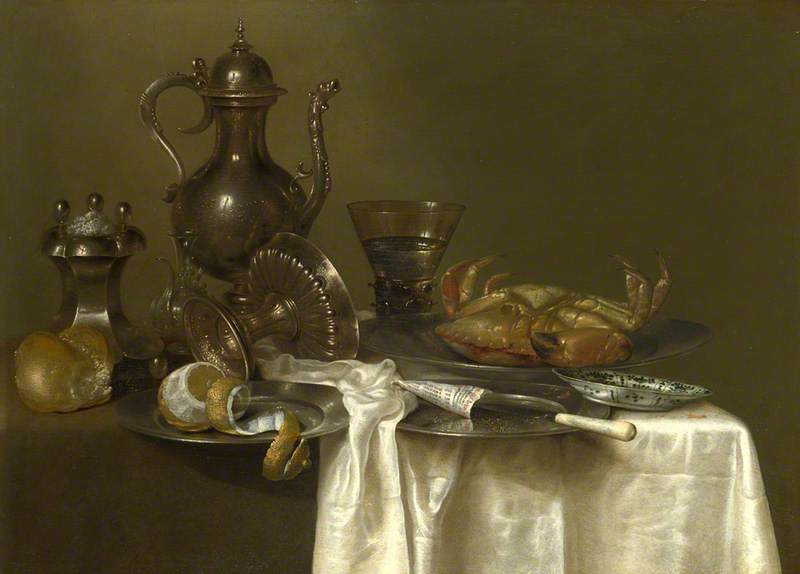
The half-peeled lemon, upturned chalice and delicately balanced silver plates in the latter work are typical of Claesz. Heda's displays, which seem poised to collapse at any moment – a reminder, perhaps, of the fragility of life.
Jacob van Ruisdael (1628/1629–1682)
One of the most influential Dutch landscape painters, Jacob van Ruisdael took huge inspiration from his hometown of Haarlem and the surrounding area. It is assumed that his uncle, the artist Salomon van Ruysdael – known for tonal landscapes in keeping with Dutch realism – had a big influence on him.
A prolific artist of a variety of landscapes, Ruisdael worked on a much grander scale than his predecessor Jan van Goyen (who studied art in Haarlem alongside genre painter Esaias van de Velde), often painting imposing naturalistic scenes centred around motifs such as trees, windmills, waterfalls, castles and ruins.
A Waterfall in a Rocky Landscape
probably 1660-70
Jacob van Ruisdael (1628/1629–1682) 
His often heavy skies and subtle use of light and shade lend great drama to works that aim to present the countryside as vast and sublime. It is no wonder he had a huge impact on eighteenth- and nineteenth-century British landscape painting – including Gainsborough and Constable.
Landscape with Windmills near Haarlem
c.1650
Jacob van Ruisdael (1628/1629–1682) 
In fact, the latter took direct inspiration from Ruisdael's Landscape with Windmills near Haarlem (c.1650) to produce a near-perfect imitation.
Landscape with Windmills near Haarlem
(after Jacob van Ruisdael) 1830
John Constable (1776–1837) 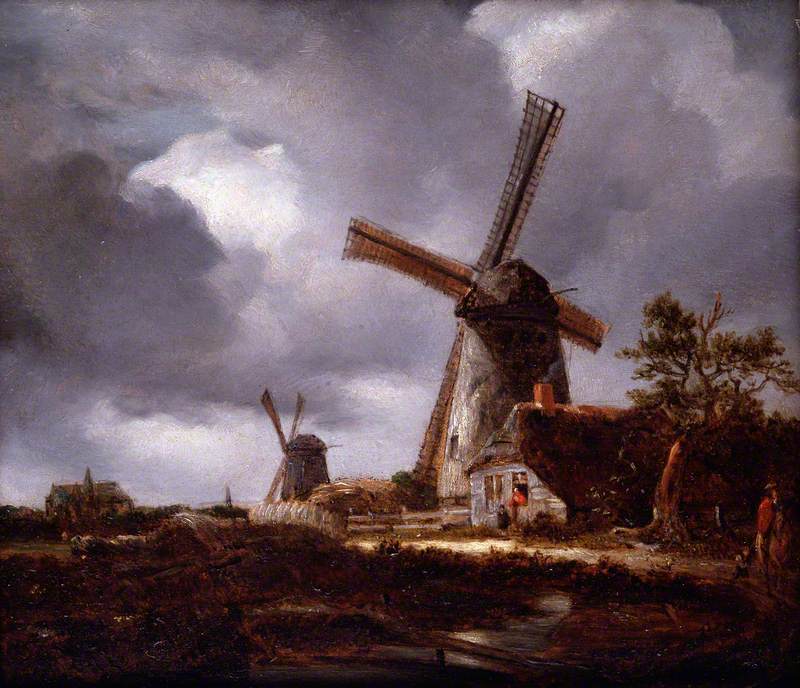
On Constable's recommendation, Ruisdael's work had been lent to the RA schools for students to copy in 1830.
Pieter Jansz Saenredam (1597–1665)
Pieter Jansz Saenredam painted religious scenes but not in the traditional sense. Instead of images of saints or biblical reckonings, his focus was primarily on the interiors of church buildings – including the Cathedral of St Bavo in Haarlem. Born in Assendelft, Saenredam was the son of an engraver: he moved to Haarlem at the age of 10 following his father's death and was apprenticed to the painter Frans de Grebber.
The Interior of St Bavo's Church, Haarlem (The 'Grote Kerk')
1648
Pieter Jansz. Saenredam (1597–1665) 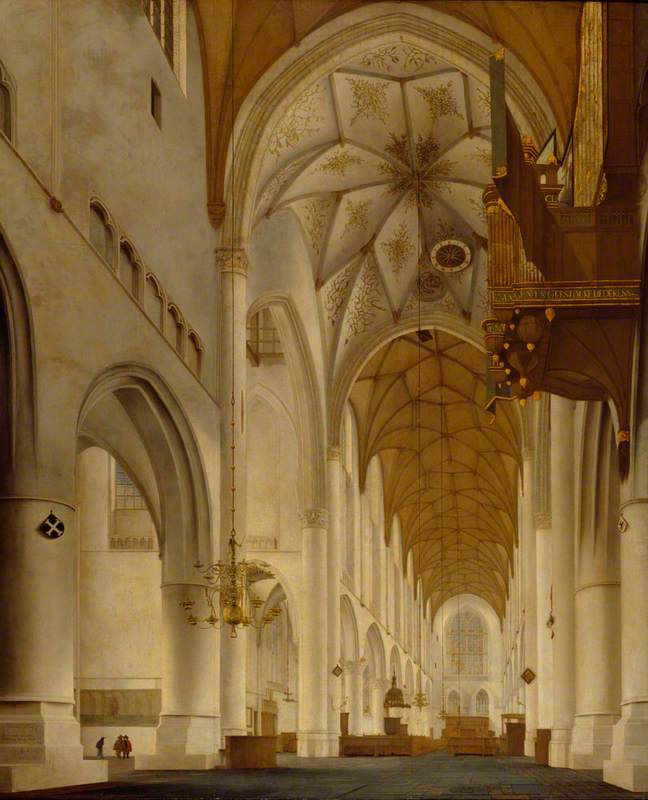
Saenredam's meticulous architectural works, based on painstaking preliminary drawings made in situ, are a far cry from the Dutch Mannerism of, say, Cornelis van Haarlem. His muted depictions – often called 'architectural portraits' – impart a sense of stillness and calm, often focusing on the interplay of light and shade and revealing an impressive understanding of linear perspective.
The Interior of the Church of St Catherine, Utrecht
1636
Pieter Jansz. Saenredam (1597–1665) 
Today's viewers may not see paintings from the Dutch Golden Age in quite the same light as those viewers in previous centuries, as they have somewhat lost their wide appeal in recent decades. However, for most of that time they were highly sought after by collectors and connoisseurs – hence the popularity of them in UK collections.
Imelda Barnard, Art UK Commissioning Editor, pre-nineteenth-century European art
This content was funded by the Samuel H. Kress Foundation
